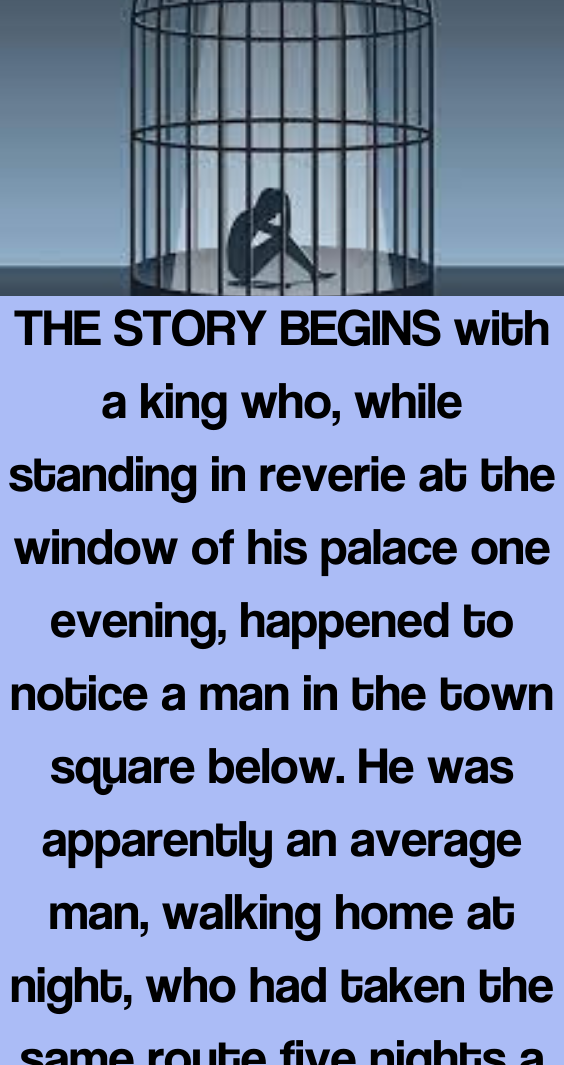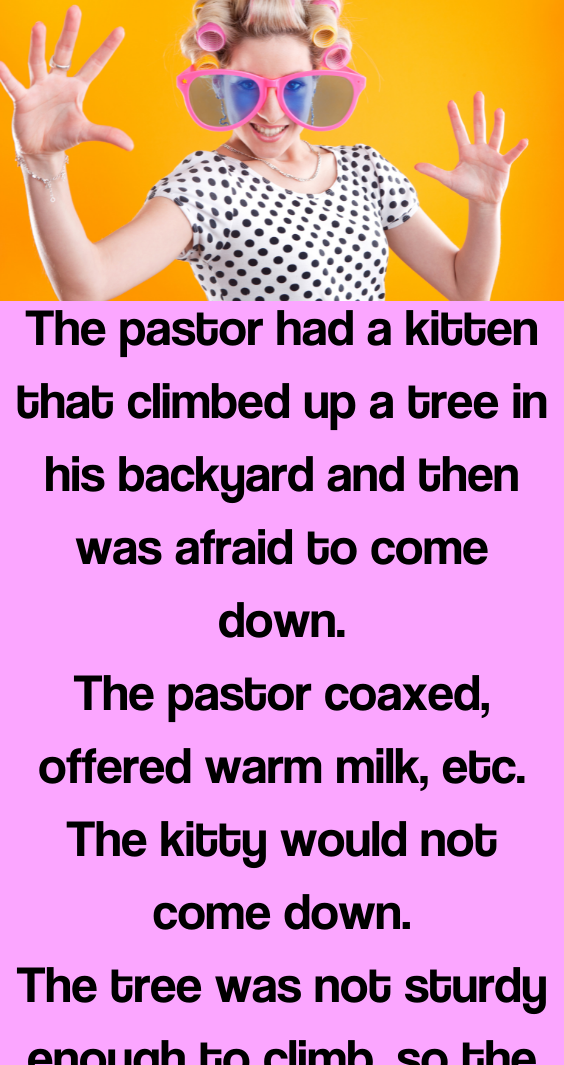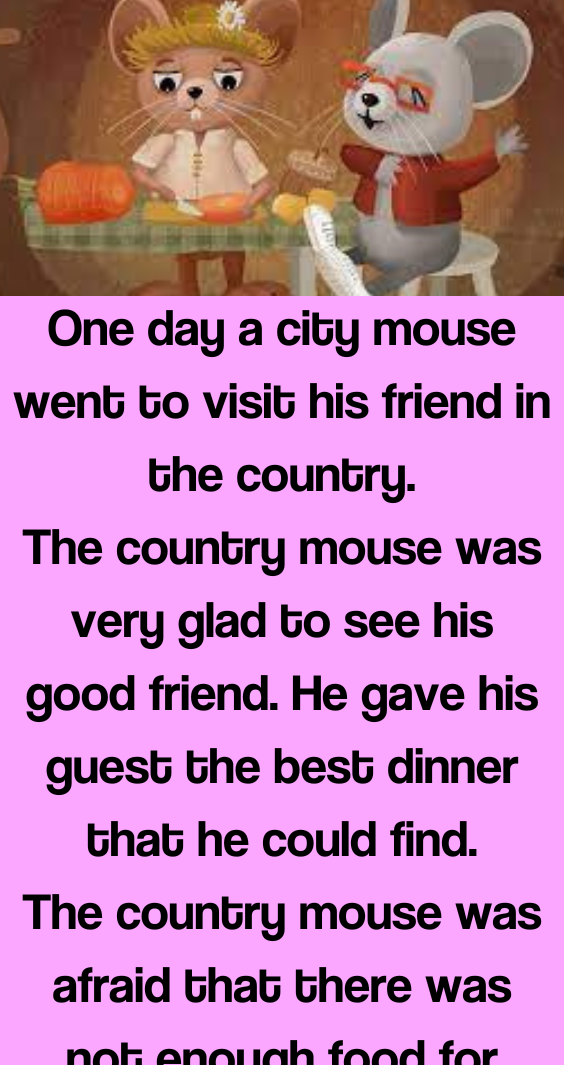A brief summary of Tolstoy’s “How Much Land Does a Man Need?”
The main character is a man named Pahóm. At the beginning of the story, he is a peasant farmer, a man of humble means who lives a decent life.
But, after his sister-in-law has bragged that city folk have a much better life than country peasants, Pahom bemoans the fact that he does not own land.
He states that “if I had plenty of land, I shouldn’t fear the Devil himself!” Little does he know that the Devil is sitting close by and listening.
The Devil says: “All right! We shall see about that. I’ll give you land enough; and by means of that land I will get you into my power.”
Shortly thereafter, Pahóm manages to buy some land from a lady in his village. He works hard, makes a profit and is able to pay off his debts and live a more comfortable life.
But he is not satisfied and, after a peasant told him about the opportunity to own more land, he moves to a larger area of land..
Pahóm grows more crops and amasses a small fortune, but it is still not content. Now another character tells him of another opportunity to own more land.
Pahóm hears (from a tradesman) about the Bashkirs, a simple people who own a huge amount of land deep in Central Asia. After a long trek, Pahóm meets the Bashkirs on the vast steppe.
He is prepared to negotiate a price for as much land as possible, but before he can do so, the Bashkirs make him a very unusual offer, the same one that they make to anyone who wishes to buy land from them.
For one thousand rubles (a large sum in those days), Pahóm can buy as much land as he can walk around in one day. He has to start at daybreak and mark his route with a shovel at key points along the way.
As long as he returns to the starting point before sunset, the land that he has marked off will be his. If he fails to return on time, the money is forfeited.
Pahóm is thrilled. He is certain that he can cover a great distance and that he will have more land than he could have ever imagined.
That night, Pahóm has a foreboding dream in which he sees himself lying dead at the feet of the Devil (who changes appearances – peasant, tradesman, chief of the Baskirs), who is laughing.
The next day, with the Bashkirs watching from the starting point, Pahóm sets off at a good pace as soon as the sun crests the horizon. He covers a lot of ground, marking his way as he goes.
At various points he begins to think that he should change direction and work his way back, but he is constantly tempted by the thought of adding just a bit more land. The day wears on and, as the sun begins to set, Pahóm discovers that he is still far from the starting point.
Realizing that he has been too greedy and taken too much land, he runs back as fast as he can to where the Bashkirs are waiting.
He arrives at the starting point in the nick of time just before the sun sets. However, as the Bashkirs cheer his good fortune, Pahóm drops dead from exhaustion.
Tolstoy concludes: “The Bashkirs clicked their tongues to show their pity. His servant picked up the spade and dug a grave long enough for Pahóm to lie in, and buried him in it. Six feet from his head to his heels was all he needed.”
The story addresses the age-old question of how much wealth does a person need. How much is enough?
In this story, all that was required was a plot large enough in which to bury the man who wanted too much.





